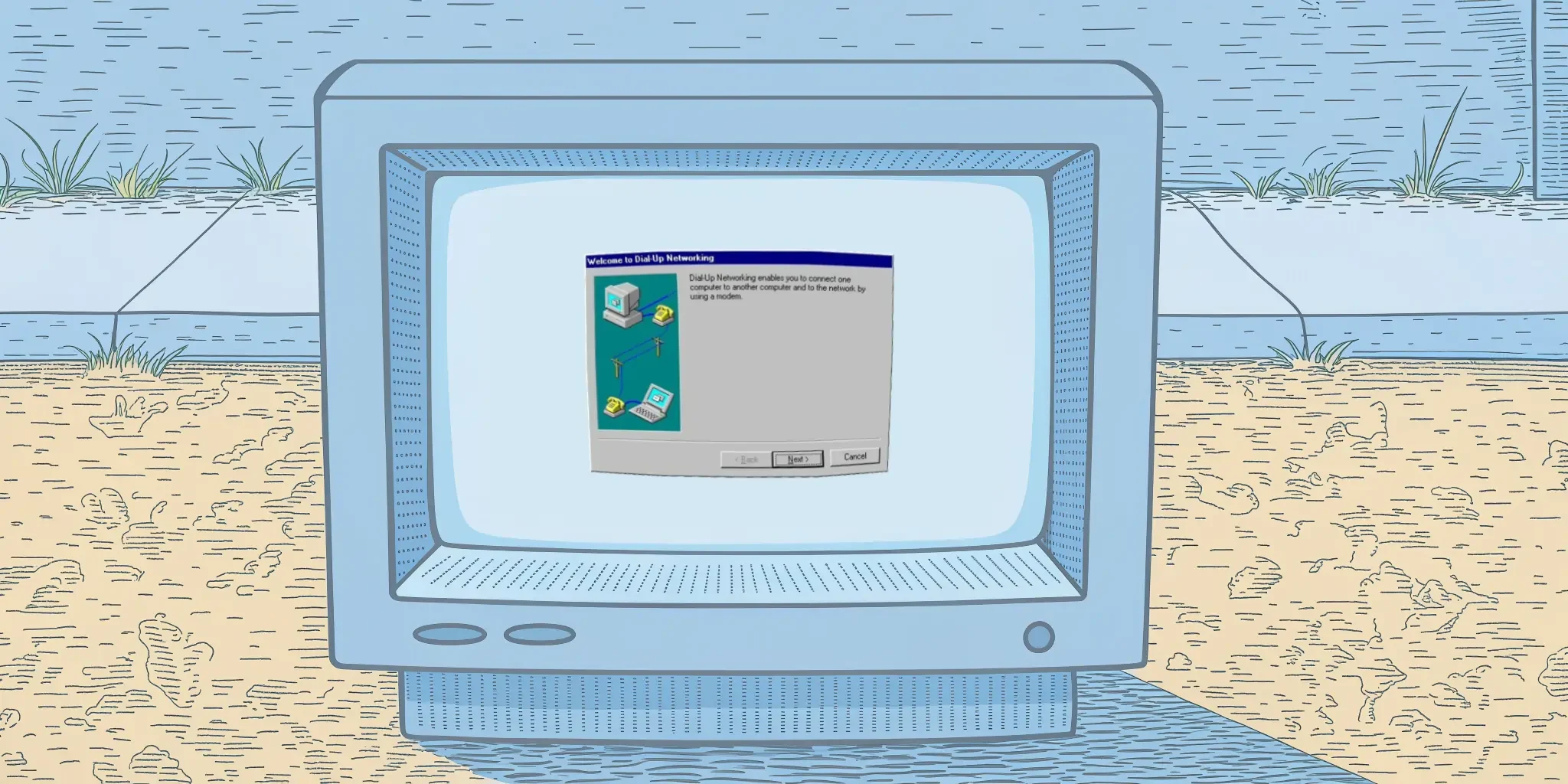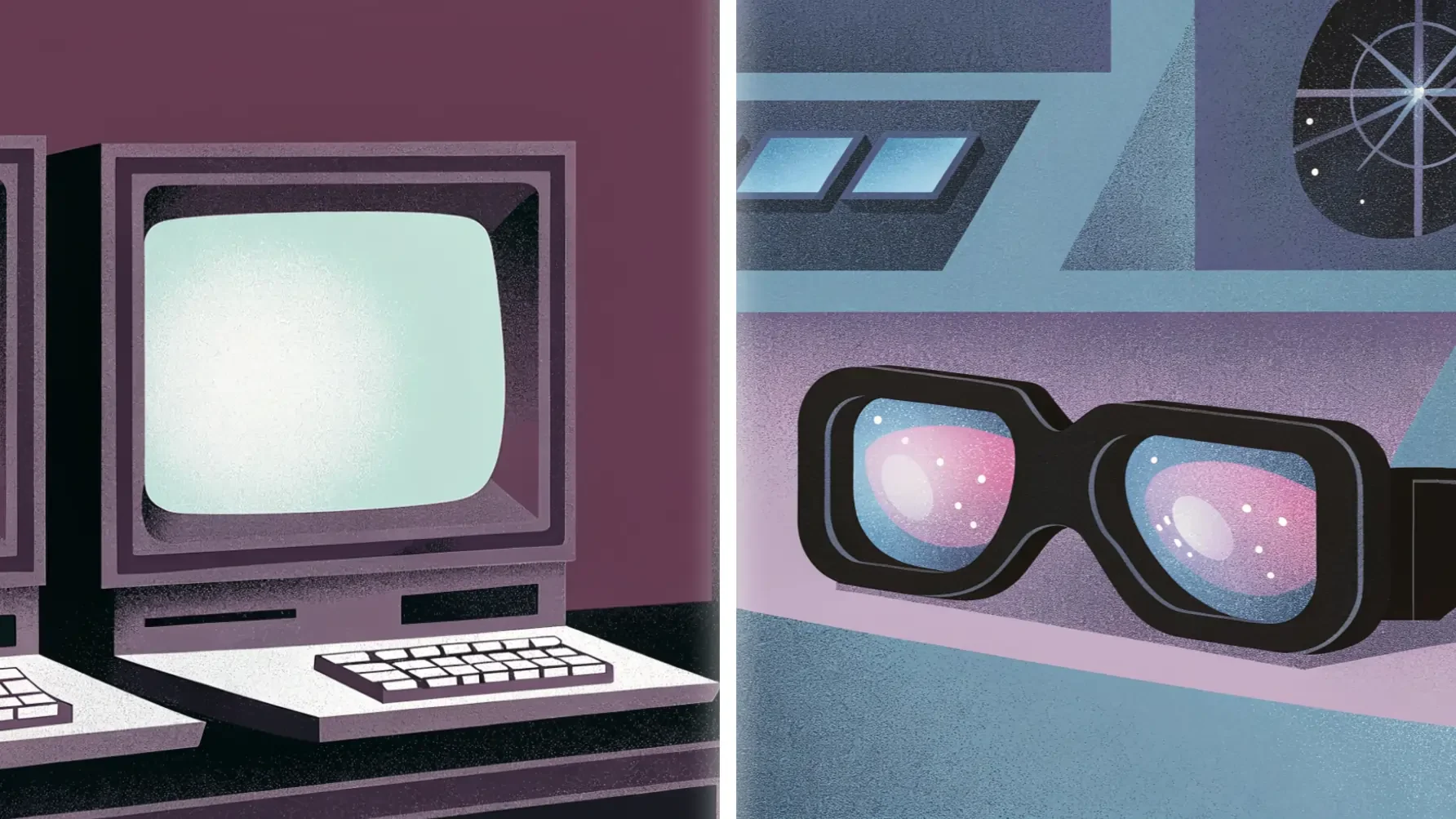The Evolution of Human-Tech Interaction
Introduction
The first time I sat in front of a computer, I remember the clunky sound of a dial-up modem connecting to the internet. It was slow, noisy, and utterly fascinating. Fast forward to today, when my smartwatch pings me with updates about my health, and I can control my home appliances with a voice command. This evolution in human-tech interaction has been a whirlwind of innovation, fundamentally changing how we live, work, and connect. Let’s explore this fascinating journey—from its humble beginnings to the futuristic possibilities.

Get the Mobile Testing Playbook Used by 800+ QA Teams
Discover 50+ battle-tested strategies to catch critical bugs before production and ship 5-star apps faster.
The Early Days of Human-Tech Interaction
Looking back, the early days of human-computer interaction were anything but intuitive. My first encounter with a computer involved a black screen and blinking cursor, waiting for me to type a cryptic command I barely understood.
The Command-Line Era
Back in the 1970s and 1980s, using a computer required a certain fluency in coding. It was a niche tool, accessible only to specialists or enthusiasts willing to navigate its complexities.
The GUI Revolution
Everything changed in the 1980s with graphical user interfaces (GUIs). For the first time, computers were becoming approachable, with windows, icons, and clickable menus replacing inscrutable text commands. I still recall the thrill of using Microsoft Paint for the first time—a simple joy made possible by this transformation.

The Internet’s Arrival
By the 1990s, the internet began connecting us to a world beyond our immediate environment. Websites were basic and often static, but even those slow-loading pages felt like magic. It was the beginning of a new kind of interaction, where technology became a bridge between people and information.
Modern Human-Tech Interaction
Today, human-tech interaction is seamless and deeply integrated into our daily routines. But this ease of use belies the incredible advancements under the hood.
Smartphones
A Constant Companion Do you remember the first time you held a smartphone? For me, it was like carrying a piece of science fiction in my pocket. Suddenly, I could check emails, play games, and navigate to unfamiliar places, all from a single device. Smartphones redefined accessibility, making technology a constant companion.
AI-Powered Assistants
These days, I often find myself chatting with Alexa or Siri, delegating tasks, setting reminders, or simply asking trivia questions. It’s astonishing how these tools learn and adapt, becoming more helpful the longer we use them.
Social Computing and Collaboration
Whether it’s using Slack for work or gaming with friends online, technology has redefined how we collaborate and socialize. These platforms bring people together in ways that were unimaginable just a few decades ago.
Augmented and Virtual Reality
A few years ago, I tried a VR headset for the first time and was transported to a virtual world. It’s amazing how AR/VR can merge digital and physical experiences, making gaming, education, and even real estate tours more immersive.
The Future of Human-Tech Interaction
As I think about the future, I can’t help but feel a mix of excitement and curiosity. The possibilities seem endless.
Ambient Computing
Imagine a world where technology operates invisibly in the background, anticipating your needs without you even having to ask. Smart homes already offer a glimpse of this future, with devices that adjust to your preferences seamlessly.

Brain-Computer Interfaces (BCIs)
The idea of controlling technology with our thoughts sounds like science fiction, but BCIs are already making strides. They could revolutionize accessibility for people with disabilities and open up new ways of interacting with devices.
Affective Computing
What if your computer could sense your mood? Affective computing aims to do just that, enabling devices to respond empathetically to human emotions. It’s a fascinating prospect that could make technology feel even more human.
Ubiquitous Computing
In the future, technology might be embedded in everything around us—from our clothes to the very walls of our homes. This vision of ubiquitous computing blurs the line between the digital and physical worlds.
Conclusion
Reflecting on the evolution of human-tech interaction, it’s clear that we’ve come a long way. From command-line interfaces to AI-driven assistants, each leap forward has brought us closer to a future where technology is an invisible, intuitive extension of ourselves. As we embrace these advancements, it’s up to us to ensure that our relationship with technology remains thoughtful and human-centric.
Stay connected to the forefront of technology. Explore how Quash can help you navigate the ever-evolving tech landscape.





